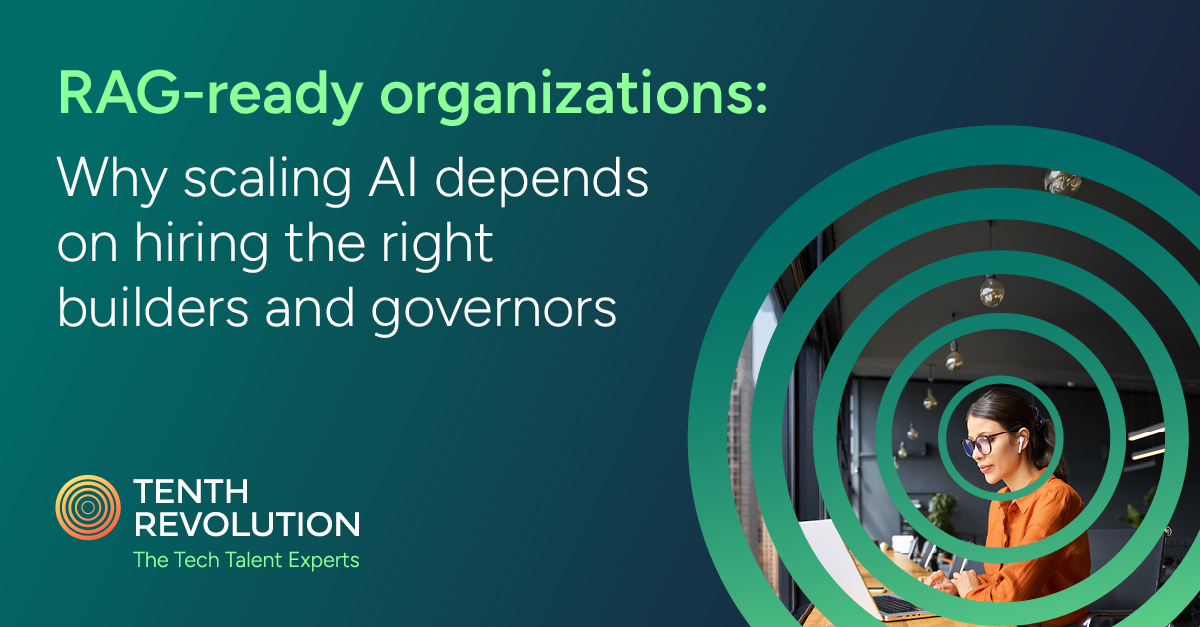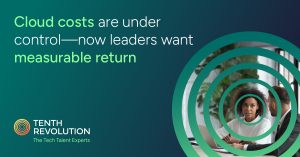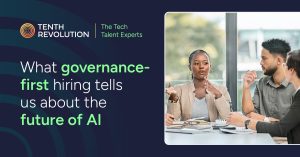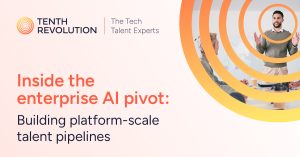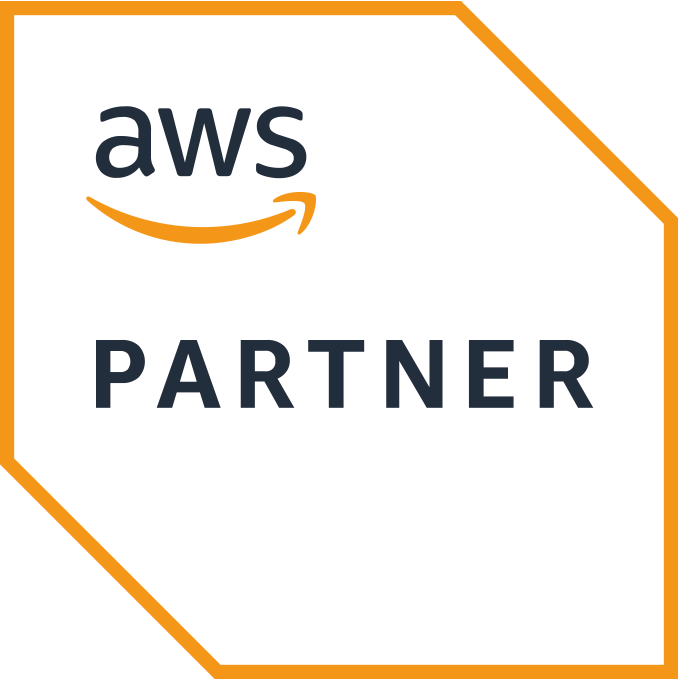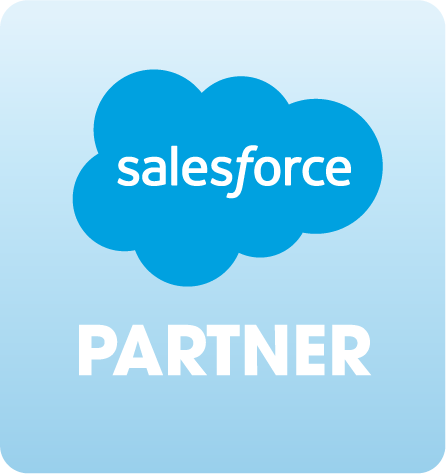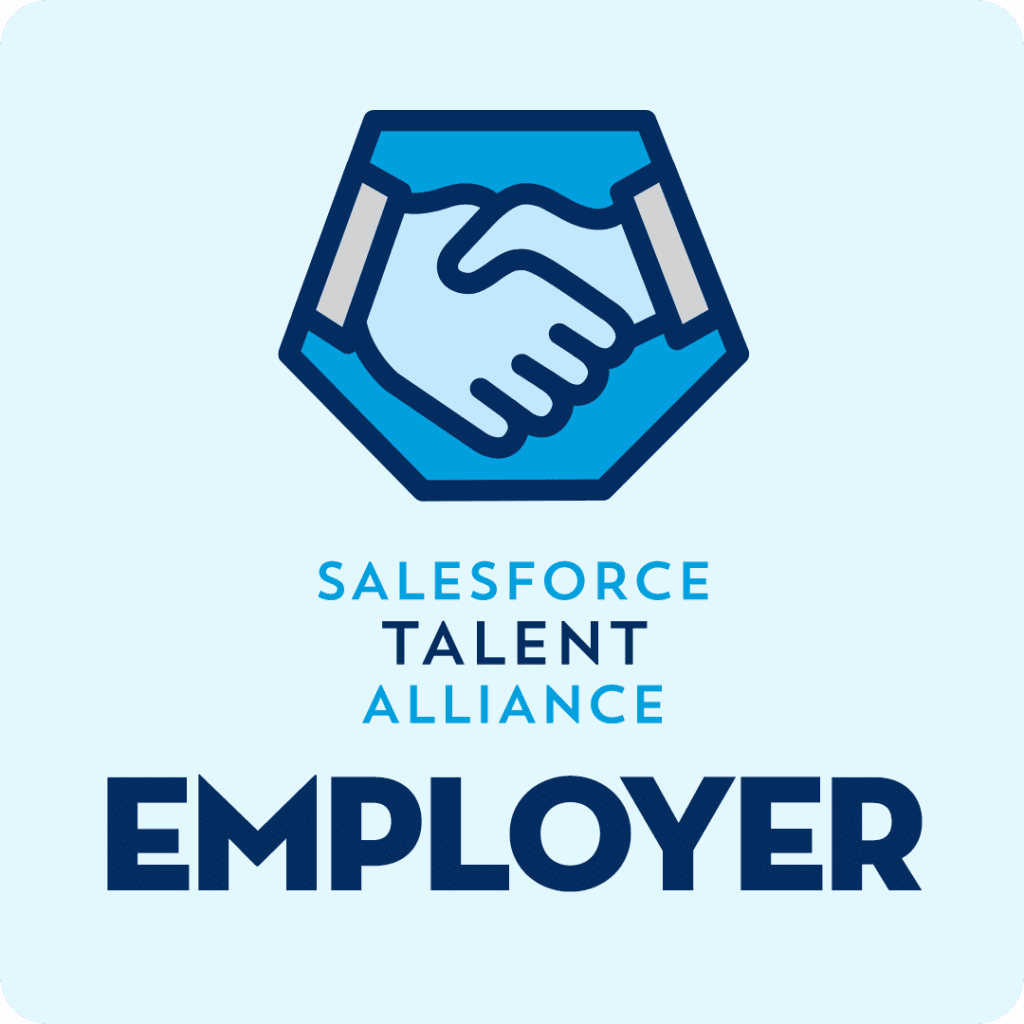Generative AI has entered a new phase, and Retrieval-Augmented Generation (RAG) is leading the way.
Enterprises are no longer running small-scale experiments or isolated pilots. They are now embedding generative models into decision-making, customer engagement, and operations. What began as a technical challenge has become an organizational priority, with success now defined by how well leaders combine innovation with structure.
Being “RAG-ready” means more than deploying advanced systems. It means creating an environment where data, governance, and human expertise come together to produce reliable, business-aligned results.
From pilots to production
Over the past year, RAG architectures have become the blueprint for enterprise AI adoption. Rather than relying only on a model’s pre-trained knowledge, RAG connects generative systems to company-specific data sources using vector search and embedding databases. This makes outputs more accurate and grounded in an organization’s real information.
For executives, the value is clear. RAG improves trust and relevance while reducing the need for costly retraining. It helps teams move faster without losing control of their data or compliance posture.
However, as organizations scale their AI systems, capability gaps are starting to appear. Moving from experimentation to production requires people who can design, monitor, and optimize these architectures. AI engineers, data platform specialists, and governance professionals are now essential to keep systems stable and aligned with business outcomes.
The technology may be sophisticated, but it cannot run itself. Tenth Revolution Group helps enterprises find and hire AI infrastructure engineers, data specialists, and governance professionals who can build and maintain RAG frameworks responsibly.
The architecture behind reliability
RAG introduces new responsibilities across engineering and operations. Teams must continuously index data, maintain embeddings, and ensure that generative models retrieve the right context at the right time. Security and data lineage are now built into the architecture rather than added later.
Well-governed RAG systems support both performance and accountability. When users can trace where each piece of information originated, confidence grows, and business adoption accelerates. In sectors such as finance, healthcare, and government, this transparency can make the difference between controlled deployment and costly risk.
Building this kind of reliability requires diverse expertise. Engineers focus on performance, governance teams oversee data integrity, and operations teams ensure systems evolve with business needs. When these roles work in sync, AI moves from an experimental function to a dependable business capability.
Governance as an engine for scale
True enterprise adoption depends on governance. Without it, even the most advanced AI systems can create inconsistencies, security risks, or compliance gaps. Effective governance combines visibility with direction, allowing innovation to move forward confidently, not cautiously.
In a RAG environment, this means managing:
- Data lineage, ensuring every source is known and verified
- Access control, protecting sensitive information within retrieval layers
- Evaluation frameworks, monitoring model accuracy and bias
- Audit trails, documenting changes and interventions over time
The professionals who design and enforce these controls form the backbone of trustworthy AI. They help leaders balance creativity with accountability and ensure models perform reliably as they evolve.
The technology continues to advance quickly, but businesses still depend on human judgment to keep AI aligned with strategy and compliance. Tenth Revolution Group connects enterprises with experts who understand the practical realities of building and governing AI systems at scale.
The rise of LLMOps and continuous improvement
As organizations operationalize RAG systems, a new discipline called LLMOps (large language model operations) is becoming essential. It brings the principles of DevOps (testing, monitoring, and continuous delivery) into the world of AI.
LLMOps professionals maintain and refine deployed models, track performance metrics, and integrate feedback loops for ongoing improvement. They ensure that models remain efficient and relevant as data changes, allowing businesses to evolve without disruption.
For business leaders, LLMOps represents a model for dependable progress. It turns AI from a sequence of experiments into an ongoing capability that improves with each release.
A smarter approach to AI leadership
Enterprises that treat RAG as both a technical framework and a cultural discipline are setting a new standard for how AI is managed. They are learning that building reliable systems is as much about structure, communication, and shared responsibility as it is about technology itself.
This approach creates organizations that are confident in their AI strategies. They can measure value, track outcomes, and evolve without losing control of costs or compliance. These are the kinds of teams that turn innovation into stability and governance into growth.

